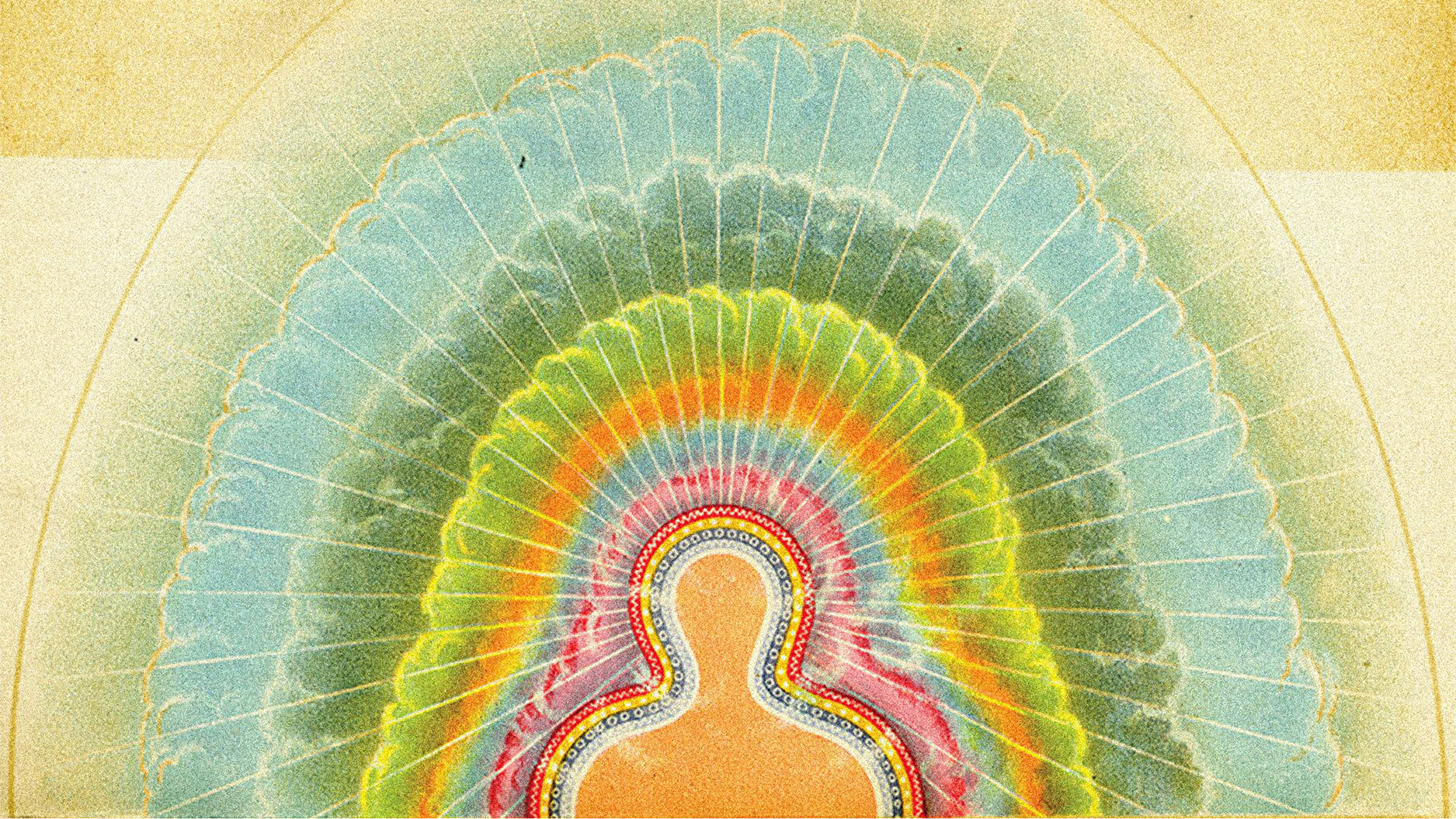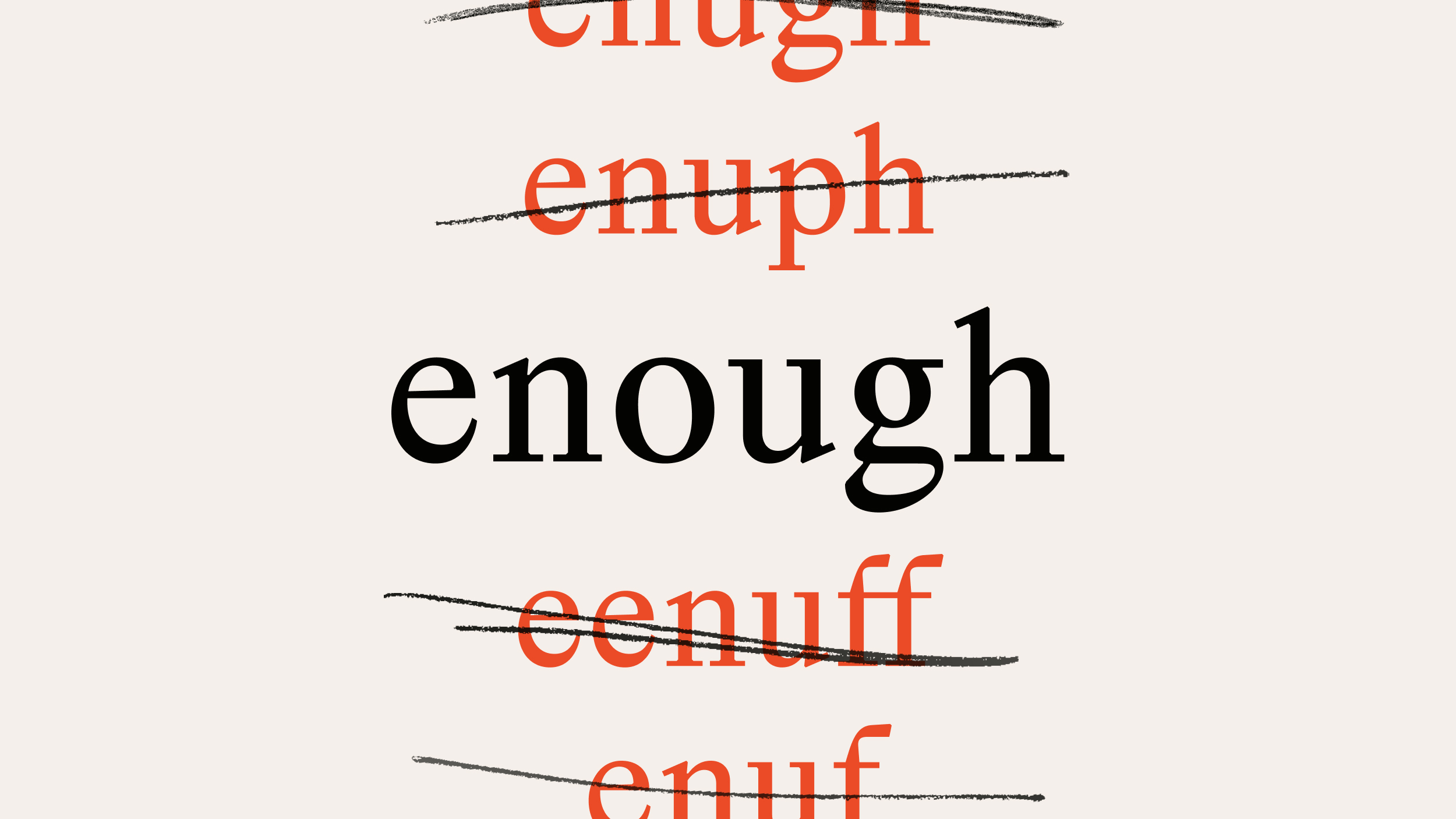As CEO of Procter & Gamble, A.G. Lafley says he turned the organizational chart upside down, putting himself at the bottom and the customer at the top.
A.G. Lafley: I believe very deeply the purpose of any business is to create a customer and then try to serve that customer better than anyone else. No customer, no sales, you know, no sales, no profits.
My job as CEO was to help enable all of our people who managed the brands and the categories to serve their customers better, so I was trying to help them sort through the choices in their strategies, try to get them the capabilities that they needed, okay? And we focused on five company capabilities: really deep consumer understanding; leadership innovation in our industry (And we invested heavily in that – a couple billion dollars a year in innovation); we wanted to be brand creators and brand leaders; we wanted to partner (One of our big efforts was this thing we called Connect + Develop where we innovated by the middle of the decade over half of our new products had one or more outside partners which was incredibly important to us. It made us more innovative and frankly helped us stay closer to the customer); and then lastly we were always trying to learn from each other, so we talked about global learning and scale. (We wanted – if we learned something in one country we wanted to reapply it in another country. If we learned something in one business we wanted to reapply it to another business. If we learned something on one brand we wanted to reapply it to another brand.)
At the core of our strategy was the belief that the customer was the boss, and I pretty much turned the organization chart upside down and put myself at the bottom and put the customer at the top and put all of our colleagues – you know, all of our associates who work directly with customers at the top of the organization chart. And we talked a lot about what is it that the customer – who is the customer? Who is she or he? And very specifically, you know, which she? What does she need and want, okay? What experience does she want? What relationship does she want? How is she gonna decide whether we’re a good value? How is she gonna decide whether to try us and after she uses us whether to buy us on a regular basis? And ultimately we were looking for loyal consumers who promoted our brands to their family, their friends, you know, people in the neighborhood. Okay, that was our whole business model.
So I very much believe in the consumer and in the consumer first. And again, you know, when we got things – when we got the strategy right with the consumer and we delivered it in execution, the business and financial results took care of themselves. When we made mistakes, strategic mistakes, when we didn’t execute well with the customer, the business and financial results weren’t there. It was that simple.
Directed / Produced by Jonathan Fowler & Elizabeth Rodd





